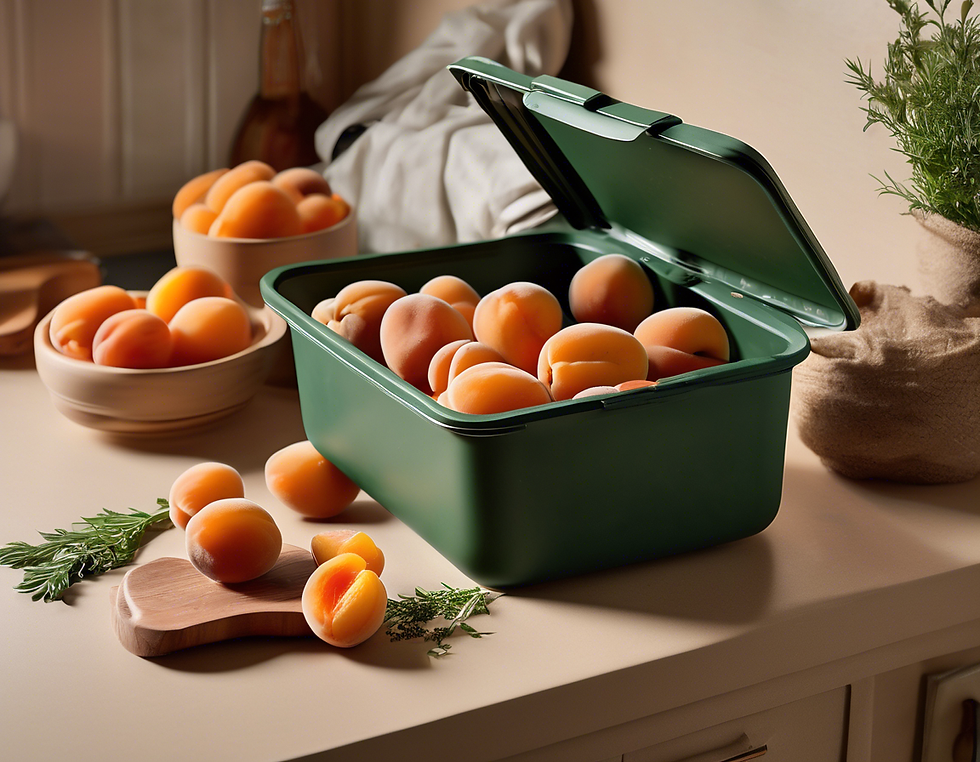The Secret to Cutting Costs Without Compromising Creativity
- Peter-Michael Carruthers

- Apr 12
- 3 min read
Consistency and Culinary Versatility: The Secret to Cutting Costs Without Compromising Creativity

In a professional kitchen, balancing cost control with guest satisfaction is a delicate dance. Chefs often walk the tightrope between offering exciting, varied dishes and managing food waste, labor, and inventory. One of the most effective — and often overlooked — strategies to stay on budget without sacrificing creativity is building a consistent, well-rounded menu that leverages versatile ingredients prepared in multiple ways.
This approach isn’t just about saving money. It’s about creating a smarter, more resilient kitchen that delights guests while maximizing every dollar spent.
The Power of Menu Consistency
Consistency in menu design means more than serving the same dish every night. It’s about:
Streamlining Prep and Training: Fewer core ingredients mean less prep time and easier staff training. The team becomes more efficient, confident, and consistent in execution.
Reducing Inventory Complexity: A streamlined pantry with repeat-use items lowers the risk of spoilage and overordering, while simplifying ordering processes.
Establishing Clear Guest Expectations: When guests return, they want to know their favorite dish is going to taste just as good as it did the last time. Consistency builds trust and loyalty.
By sticking to a focused core of ingredients, chefs gain tighter control over purchasing, portioning, and storage. This structure creates the backbone of a financially stable kitchen — the kind that can weather fluctuations in food costs or unpredictable supply chains.
Versatility: One Ingredient, Many Faces
The real magic happens when that consistent menu is layered with variety through technique. Imagine a single protein — say, chicken thighs — used in three dishes:
Grilled with a chimichurri over grains
Braised in a seasonal stew
Crispy-fried in a sandwich
Each preparation offers a unique flavor profile and texture, giving diners an entirely different experience. But behind the scenes, the kitchen is leveraging one ingredient purchase, one inventory line item, and one prep process.
This kind of ingredient efficiency creates several benefits:
Reduced Waste: If one dish doesn’t sell as expected, the same item can be used in another, minimizing spoilage.
Bulk Purchasing Power: Buying more of fewer items often allows for price breaks and supplier discounts.
Creative Flexibility: Chefs can rotate dishes regularly without overhauling the entire inventory.
Keeping Guests Interested
A common concern with ingredient repetition is diner fatigue — the sense that a menu is "samey" or uninspired. But repetition doesn't have to mean boredom. The key lies in how the ingredient is showcased:
Use Global Techniques: Roast it French-style, grill it Korean-style, braise it Moroccan-style — the possibilities are endless.
Switch Up Accompaniments: Seasonal vegetables, sauces, and starches can completely change the context of a dish.
Incorporate into Specials: Feature the same ingredient across weekly specials, but with bold, rotating flavors.
When done right, guests won’t even notice that the same ingredients are popping up — they’ll just notice that the food is consistently fresh, creative, and satisfying.
Putting It into Practice
To implement this strategy:
Audit Your Current Menu: Identify ingredients that appear only once and consider how they could be used elsewhere.
Create Cross-Use Charts: Map ingredients across multiple dishes and formats.
Focus on Technique Mastery: Train staff to execute versatile cooking methods that can elevate simple ingredients.
Plan Around Seasons: Choose ingredients that are available year-round or have interchangeable seasonal counterparts.
A Smarter Menu, A Stronger Kitchen
At its core, this strategy is about working smarter — not harder. A well-rounded, flexible menu based on versatile ingredients creates financial efficiency, operational clarity, and culinary creativity. Guests stay intrigued, the kitchen stays lean, and the bottom line benefits.
In an industry where success often hinges on the smallest details, this method is a quiet game-changer. By treating each ingredient as a multi-purpose asset rather than a single-use star, chefs can craft menus that are both economically sustainable and endlessly engaging.



Comments